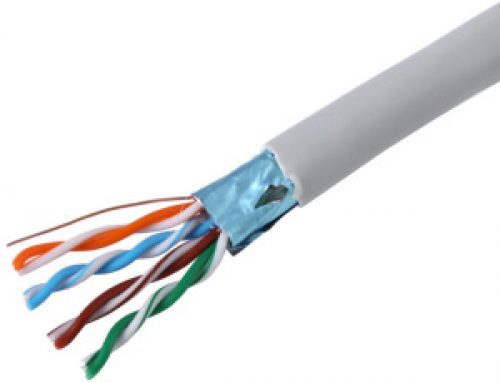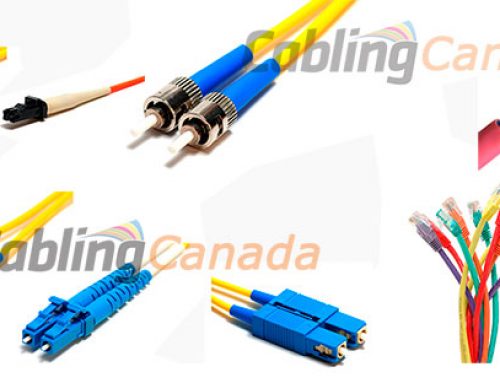
The structured cabling market is estimated to be worth over $4.5 billion worldwide. Ethernet cabling has seen a lot of transition in the last decade especially notably in the last 5 years where internet bandwidth has the most important and trending topic of our times. Category 5e and Category 6 cables still rule the chart when it comes to installing or running new data cabling.
Cat5e : Category 5e is also know as enhanced Category 5 data cable was approved in year 1999 with the TIA/EIA-568-A-5 addendum of the cabling Standard. Cat5e has a rated bandwidth of 100MHz, it has been the eye candy of cabling Installers for over 20 years. This type of cable is more suitable for high-speed applications such as Gigabit Ethernet.
Cat6: Category 6 cabling was officially recognized with the publication of an addition to ANSI/TIA/EIA-568-B in June 2002. In addition to more stringent performance requirements as compared to Category 5e, it extends the usable bandwidth to 200MHz with reduced crosstalk.
All these ethernet cables come in several shapes and material. Broadly, these cables can be categorized into the following:
Unshielded twisted pair (UTP) : These cables are inexpensive as compared to STP and also simple to install. UTP cabling typically has only an outer covering (jacket) consisting of some type of nonconducting material. This jacket covers one or more pairs of wire that are twisted together
Shielded twisted pair (STP): These cables have a metallic foil shield around and provides considerable protection against electromagnetic interference (EMI.)
Apart from the above types, the Cables can also be classified based on their Material and usage type:
- CMP: Plenum rated cable (plenum means “air handling space”)
- CMR: Riser rated cable for the floors
- LSZH: Low smoke zero halogen rated cable
- CM/CMG/CMx: General purpose cable
- PVC: Unrated cable
PVC Cable is the most common type of cable used today but is not fire rated. Plenum rated cables on the other hand special coating on the wire, which causes it to burn at a much higher temperature and emits fewer fumes than conventional PVC.. are have a ceiling, having PVC cable in the ceiling during a fire would cause a concentration of these fumes to be spread throughout the building. The National Electric Code (NEC) requires that only plenum rated cables be installed in plenum air spaces.





